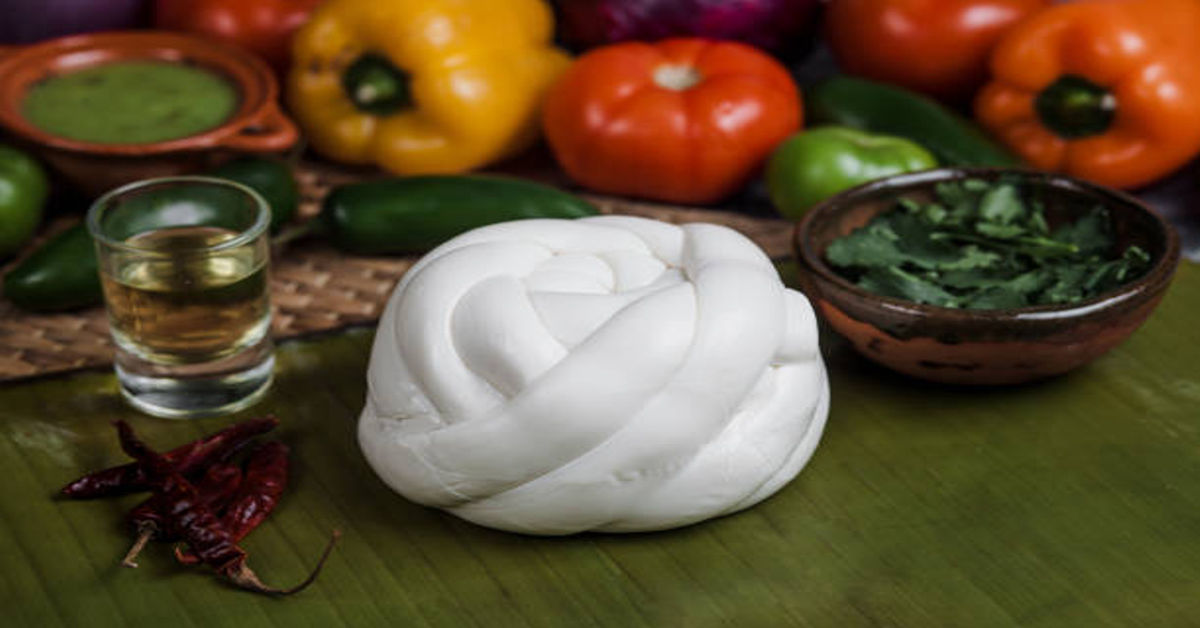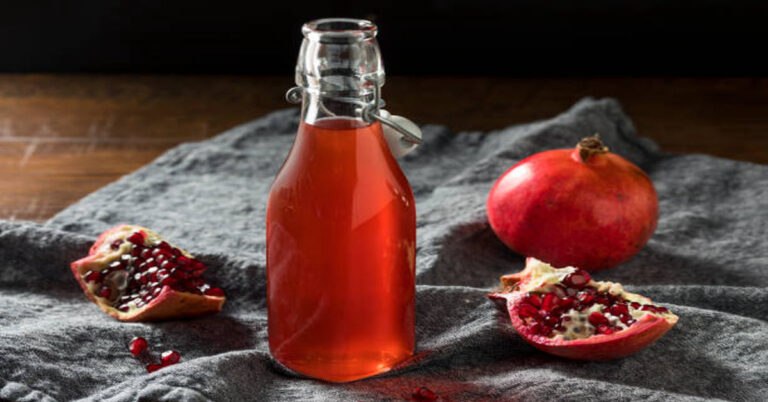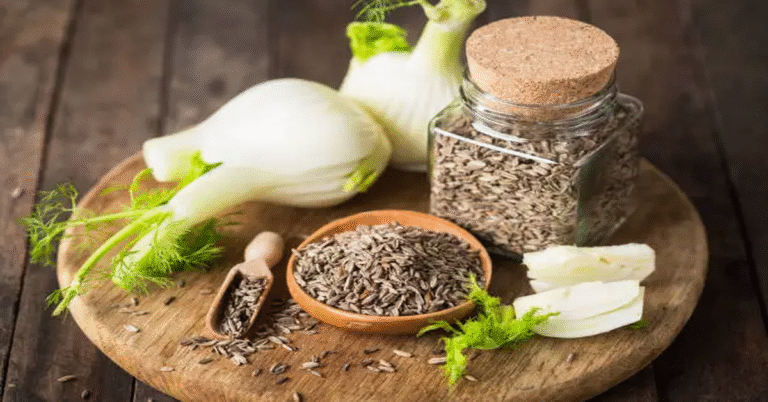
Among the many treasures of Mexican gastronomy, Oaxaca cheese stands as one of the most celebrated and versatile dairy products. Known in Spanish as queso Oaxaca or quesillo, this semi-soft, stringy cheese has a distinctive mild flavor and a unique texture that closely resembles mozzarella but with its own authentic character. Named after the southern Mexican state of Oaxaca, this cheese holds a special place in both regional and international cuisines. It is loved for its exceptional melting qualities, delicate taste, and handmade artistry that has been preserved for generations.
This comprehensive article explores every aspect of Oaxaca cheese—from its historical roots and traditional preparation methods to its nutritional profile, culinary applications, and health advantages. Whether you are a food enthusiast, chef, or someone exploring Mexican cuisine, understanding Oaxaca cheese offers a deeper appreciation of how tradition, culture, and craftsmanship shape one of the world’s most enjoyable foods.
1. The Origin and History of Oaxaca Cheese
The story of Oaxaca cheese begins in the central valleys of Oaxaca, Mexico, a region known for its rich indigenous traditions, lush landscapes, and artisanal foods. The cheese was first created by Dominican monks during the colonial period, who adapted European cheese-making techniques to local conditions. They used milk from local cows and natural enzymes derived from plants to produce a fresh, mild cheese suited to the region’s warm climate.
Over time, local communities perfected the technique, giving rise to the distinctive “string” or pasta filata style of cheese that defines Oaxaca cheese today. The method involves stretching the curds in hot water until they form long elastic strands, which are then rolled or braided into large balls. This process was passed down through generations, becoming an integral part of Oaxaca’s rural economy and cultural heritage.
Unlike industrial cheeses, traditional Oaxaca cheese is handmade using small-scale equipment and local milk, preserving its authenticity and flavor. Its production continues to represent not only a culinary practice but also a social tradition that strengthens community bonds in rural Mexico.
2. Understanding the Characteristics of Oaxaca Cheese
Oaxaca cheese is categorized as a semi-soft, white, stretched-curd cheese with a mild, buttery, and slightly tangy flavor. It has a smooth and shiny surface and is usually shaped into large balls or knots. When pulled apart, it forms long strings, similar to mozzarella, making it a favorite for melting applications.
Table 1: General Characteristics of Oaxaca Cheese
| Attribute | Description |
|---|---|
| Texture | Semi-soft, elastic, stringy |
| Flavor | Mild, buttery, slightly tangy |
| Color | White to pale ivory |
| Aroma | Fresh and milky |
| Melting Quality | Excellent, smooth, non-oily |
| Main Ingredient | Cow’s milk |
| Moisture Content | 45–52% (approximate) |
| Shelf Life | 2–3 weeks refrigerated |
| Fat Content | 20–25% of total weight |
This unique composition gives Oaxaca cheese a highly versatile nature in cooking—it melts evenly without becoming greasy and retains a pleasant chewiness, making it ideal for quesadillas, enchiladas, tacos, and even pasta dishes. Its subtle flavor also allows it to complement stronger ingredients such as chili peppers, roasted meats, and tomato-based sauces without overpowering them.
3. The Traditional Cheese-Making Process
The traditional process of making Oaxaca cheese is a remarkable example of craftsmanship and patience. Although modern dairy facilities have introduced machinery, many artisans in Oaxaca still rely on ancestral techniques. The steps can be summarized as follows:
- Milk Collection and Filtration:
Fresh cow’s milk is collected, usually from local herds grazing on natural pastures. The milk is filtered to remove impurities while retaining its natural fat and protein content. - Curdling:
The milk is gently heated and combined with rennet (a natural enzyme) or sometimes plant-based coagulants. Within about 30–45 minutes, the milk thickens and separates into curds (solid) and whey (liquid). - Cutting and Draining Curds:
The curd is cut into small cubes to release more whey. It is then left to rest, allowing the curds to firm up. - Stretching (Pasta Filata Process):
Once the curds reach the right acidity, they are heated in hot water (around 70–80°C) until they become elastic and stretchable. This stage defines Oaxaca cheese’s signature stringy texture. - Forming and Braiding:
The long strands are pulled, stretched, and rolled into large balls or braided ropes. The braiding process not only enhances appearance but also improves structure and consistency. - Cooling and Salting:
The formed cheese is immersed in cold water to set its shape, then lightly salted to enhance flavor and preservation. - Packaging and Storage:
Finally, the cheese is wrapped in banana leaves or plastic, stored at cool temperatures, and distributed to local markets or exported.
This artisanal process gives Oaxaca cheese its characteristic texture and taste. Industrial production follows similar principles but uses pasteurized milk and automated machinery to ensure uniformity and longer shelf life.
4. Nutritional Composition and Health Benefits
Oaxaca cheese is not just delicious—it also provides essential nutrients that contribute to a balanced diet. It is a good source of protein, calcium, phosphorus, and vitamin B12, all vital for bone strength and muscle maintenance. Its moderate fat content and relatively low sodium levels make it a healthier option compared to many aged cheeses.
Table 2: Approximate Nutritional Values per 100g of Oaxaca Cheese
| Nutrient | Quantity | Nutritional Role |
|---|---|---|
| Calories | 280 kcal | Provides energy |
| Protein | 21 g | Builds muscles and tissues |
| Total Fat | 22 g | Source of energy and cell function |
| Saturated Fat | 13 g | Should be consumed in moderation |
| Carbohydrates | 1.5 g | Minimal, suitable for low-carb diets |
| Calcium | 650 mg | Strengthens bones and teeth |
| Phosphorus | 400 mg | Supports metabolism and bone health |
| Sodium | 200 mg | Regulates hydration and muscle function |
| Vitamin B12 | 0.8 µg | Aids in red blood cell formation |
The combination of protein and calcium makes Oaxaca cheese particularly beneficial for children, athletes, and older adults. It supports bone density, muscle recovery, and overall vitality. However, like all dairy products, it should be enjoyed in moderation to manage fat intake.
5. Flavor Profile and Culinary Versatility
One of the greatest advantages of Oaxaca cheese lies in its culinary versatility. Its mild taste allows it to blend beautifully with both Mexican and international cuisines. When heated, it melts into a creamy, elastic consistency that enhances the texture of countless dishes.
Some of the most popular culinary uses include:
- Quesadillas: The most iconic dish where Oaxaca cheese melts perfectly between warm tortillas.
- Enchiladas and Tacos: Adds creaminess and balance to spicy fillings.
- Tlayudas: A traditional Oaxacan flatbread dish layered with beans, meat, and shredded cheese.
- Baked Dishes: Works well in lasagna, casseroles, and gratins as an alternative to mozzarella.
- Snacking and Pairing: Can be eaten fresh with fruits, nuts, or cured meats.
The subtle buttery taste of Oaxaca cheese also makes it suitable for fusion recipes. Chefs often use it in gourmet sandwiches, burgers, and pizzas, where its meltability gives a rich, elastic texture similar to that of Italian cheeses but with a Mexican touch.
6. Oaxaca Cheese vs. Mozzarella: Key Differences
While Oaxaca cheese is often compared to mozzarella due to their similar textures, there are notable differences in flavor, moisture content, and cultural background. The table below highlights the main distinctions:
Table 3: Oaxaca Cheese vs. Mozzarella Comparison
| Feature | Oaxaca Cheese | Mozzarella |
|---|---|---|
| Origin | Oaxaca, Mexico | Italy |
| Milk Type | Cow’s milk (rarely goat) | Cow or buffalo milk |
| Flavor | Mild, buttery, slightly tangy | Delicate, milky, neutral |
| Texture | Stringy, elastic, semi-soft | Smooth, stretchy, semi-soft |
| Melting Behavior | Melts evenly, slightly chewy | Melts completely, creamy |
| Culinary Use | Quesadillas, tacos, tlayudas | Pizzas, pastas, salads |
| Cultural Identity | Mexican cuisine | Italian cuisine |
Though they share similar curd-stretching techniques, Oaxaca cheese retains a firmer, slightly saltier profile and is traditionally braided rather than formed into balls of water-packed cheese like mozzarella.
7. Regional Importance and Cultural Significance
Oaxaca cheese is deeply woven into the cultural fabric of the region. It symbolizes local craftsmanship and pride, often produced by small family dairies in rural villages. The making and selling of quesillo provide livelihoods for thousands of families, particularly women who manage household-level production.
In many Oaxacan markets, cheese vendors display large balls of quesillo carefully unrolled in long ribbons to attract buyers. It is also a staple offering at community festivals, weddings, and religious celebrations, representing abundance and hospitality.
This cheese’s significance extends beyond food—it embodies Oaxaca’s respect for nature, tradition, and the preservation of ancestral techniques. As tourism grows, Oaxaca cheese has become a culinary ambassador for Mexican heritage worldwide.
8. Storage, Preservation, and Shelf Life
Oaxaca cheese is best consumed fresh, but proper storage can extend its shelf life while maintaining texture and flavor. It should always be refrigerated between 2°C and 6°C (35–43°F) and kept in an airtight container to prevent drying.
For longer storage:
- Wrap the cheese tightly in wax paper or plastic film.
- Avoid freezing, as it can alter texture and cause water separation.
- If slightly dried, soaking it briefly in milk before use can restore softness.
Stored properly, Oaxaca cheese can last up to three weeks while retaining quality. Once opened, it’s best used within 7–10 days for optimal freshness and flavor.
9. Modern Production and Global Demand
In recent decades, Oaxaca cheese has gained popularity far beyond Mexico’s borders. It is now produced in the United States, Central America, and even parts of Europe under similar names. However, authentic Mexican quesillo de Oaxaca continues to be prized for its artisanal quality and traditional flavor.
Modern dairies have adapted the original recipe using pasteurized milk and automated stretching equipment to meet global demand. Despite these technological advances, many consumers still prefer small-scale, handmade cheese for its authenticity and superior taste. Oaxaca cheese’s growing international presence highlights a broader trend—global appreciation for regional, handcrafted foods.
10. Health Considerations and Dietary Compatibility
Oaxaca cheese can fit into a wide variety of dietary plans when consumed moderately. It is suitable for:
- High-protein diets: Thanks to its rich protein content.
- Low-carb or ketogenic diets: Contains minimal carbohydrates.
- Calcium-enriched diets: Ideal for bone health.
- Vegetarian diets: If made with microbial rennet.
However, individuals who are lactose intolerant or sensitive to dairy fats should monitor their intake. Fortunately, Oaxaca cheese is naturally lower in lactose than many fresh cheeses, making it easier to digest for most people. Choosing versions made from grass-fed milk can further enhance nutritional quality, adding omega-3 fatty acids and conjugated linoleic acid (CLA), which may support heart health.
11. Sustainability and Local Impact
Sustainable cheese-making practices are increasingly important in modern agriculture. Many Oaxacan cheesemakers emphasize eco-friendly production, using organic feed for cows, recycling whey for animal feed, and reducing plastic packaging. These measures not only protect the environment but also ensure long-term economic stability for small farmers.
In addition, some cooperatives have introduced fair-trade models, guaranteeing fair prices to dairy producers. This approach encourages young generations to continue traditional cheese-making instead of migrating to urban areas, preserving the cultural and economic heritage of rural Oaxaca.
12. Culinary Pairing and Serving Suggestions
Oaxaca cheese pairs wonderfully with a range of foods and beverages. Its mild flavor and creamy consistency make it adaptable for both savory and sweet combinations.
Table 4: Pairing Ideas for Oaxaca Cheese
| Type | Suggested Pairings |
|---|---|
| Bread and Tortillas | Warm corn or flour tortillas, bolillos, crusty bread |
| Fruits and Vegetables | Tomatoes, avocados, bell peppers, mango, pineapple |
| Meats | Chorizo, chicken, pork, steak |
| Spices and Herbs | Oregano, cilantro, chili flakes |
| Beverages | Light beer, white wine, agua fresca, mezcal |
When melted, Oaxaca cheese adds richness to hot dishes. When eaten fresh, it provides a clean, refreshing taste. Whether rolled into strings or shredded over hot tortillas, it enhances any dish with a comforting, authentic touch.
13. Economic and Export Value
Oaxaca cheese is a valuable agricultural product contributing to Mexico’s dairy industry and export market. Small and medium-sized enterprises have begun exporting to North America and Europe, tapping into rising global demand for authentic Mexican foods. As international consumers seek handmade and natural products, Oaxaca cheese stands out as a premium, artisanal choice.
The cheese’s economic importance also extends domestically. It supports rural employment, stimulates tourism through culinary experiences, and encourages sustainable agriculture. In this sense, every piece of Oaxaca cheese carries both cultural and economic significance.
14. The Future of Oaxaca Cheese
The future of Oaxaca cheese lies in the balance between tradition and innovation. As technology advances, producers must preserve the cheese’s artisanal essence while adapting to global food standards and consumer preferences. Efforts to gain Protected Designation of Origin (PDO) status are ongoing, which would help safeguard its authenticity and prevent imitation products.
Educational programs in rural Oaxaca now teach younger generations both modern dairy science and traditional handcrafting techniques. This ensures that the legacy of Oaxaca cheese will continue to evolve while maintaining its cultural soul.
15. Conclusion
Oaxaca cheese represents far more than a culinary delight—it is a symbol of Mexican craftsmanship, history, and cultural identity. From its humble beginnings in rural Oaxacan villages to its growing international fame, it embodies the perfect harmony between simplicity and sophistication. Its delicate flavor, smooth melting texture, and nutritious profile make it an essential ingredient in countless dishes worldwide.
As global palates evolve, Oaxaca cheese reminds us that true excellence in food often lies in preserving the authenticity of tradition while embracing innovation. Whether enjoyed in a quesadilla on the streets of Oaxaca or melted atop gourmet cuisine in an international restaurant, its essence remains the same—a celebration of flavor, culture, and community.
FAQs
1. What is Oaxaca cheese made from?
Oaxaca cheese is made from cow’s milk, rennet, and salt. The curds are heated and stretched to create a stringy texture, then rolled into balls or braids.
2. How is Oaxaca cheese different from mozzarella?
While both are stretched-curd cheeses, Oaxaca cheese has a firmer, saltier flavor and is traditionally braided, whereas mozzarella is smoother and creamier.
3. Can Oaxaca cheese be used for pizza?
Yes. Oaxaca cheese melts beautifully, making it an excellent alternative to mozzarella for pizza, lasagna, and baked dishes.
4. Is Oaxaca cheese healthy?
In moderation, yes. It is rich in protein, calcium, and vitamin B12, with moderate fat content and relatively low sodium.
5. How should I store Oaxaca cheese?
Keep it refrigerated in an airtight container. Avoid freezing; instead, wrap it tightly in plastic or wax paper to retain moisture and texture.







